The bond between a mother and her newborn is one of the most profound connections known to humankind. This unique relationship, forged in the early moments of life, is both emotional and heartwarming. The instant a mother holds her baby for the first time, an unspoken bond begins to form, marked by love, tenderness, and an overwhelming sense of responsibility. This bond, captured in a series of poignant moments, is a testament to the beauty of life and the power of love.
Capturing the First Moments
Photographs often serve as powerful reminders of our most cherished memories. Recently, a series of 13 heartwarming and intimate moments between a mother and her newborn baby captivated an online community. These images beautifully captured the essence of the mother-child bond in its purest form. The photographs depicted the mother holding her newborn close, gazing into their eyes, and experiencing a flood of emotions that only a new mother can understand. The newborn, in their most vulnerable state, was wrapped in a blanket and cradled in their mother’s arms, illustrating a scene of ultimate comfort and security.
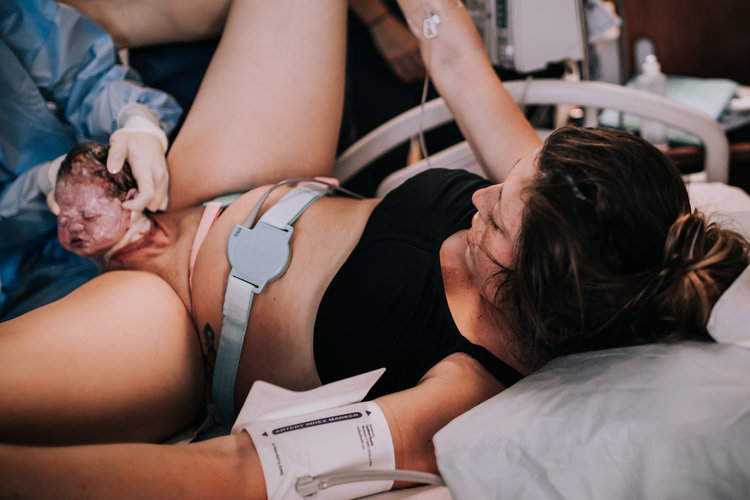
Emotional Reflections from an Online Community
The online community’s reaction to these photographs was nothing short of profound. Comments poured in, filled with messages of love and support for the mother and her baby. Many shared their own experiences of childbirth and the precious moments they shared with their children. This collective outpouring of emotion highlighted the universal nature of the mother-child bond. It’s a connection that transcends cultural and geographical boundaries, resonating deeply with people from all walks of life.
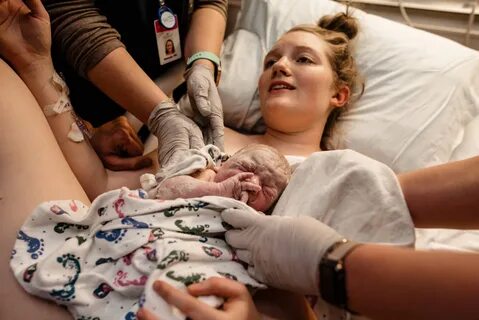
The Beauty of Life and the Power of Love
These photographs serve as a poignant reminder of the beauty of life and the power of love. Each image captures a moment in time that is both special and intimate. The bond between mother and child is something that cannot be replicated, and these photographs showcase that bond in a truly beautiful way. They remind us of the fleeting yet infinitely precious nature of these early moments, urging us to cherish every second.
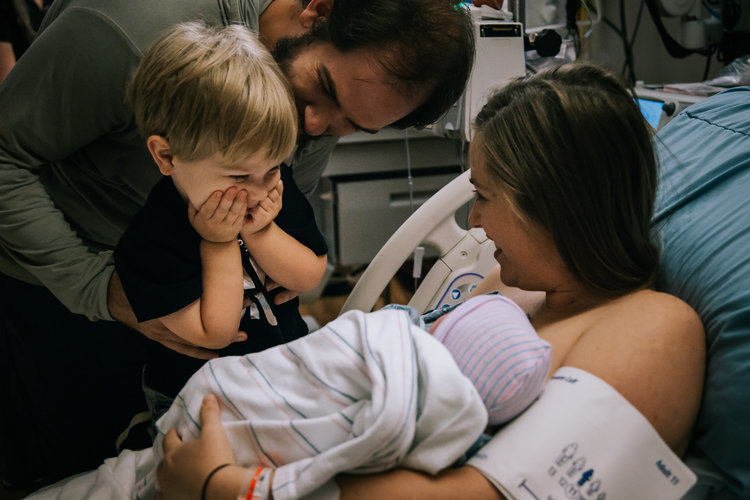
The Science Behind the Bond
The bond between a mother and her newborn is not only emotional but also biological. Studies have shown that the physical closeness and skin-to-skin contact immediately after birth play a crucial role in the bonding process. Oxytocin, often referred to as the “love hormone,” is released in both the mother and the baby during these first moments of contact. This hormone facilitates bonding and helps establish a secure attachment, which is essential for the baby’s emotional development.
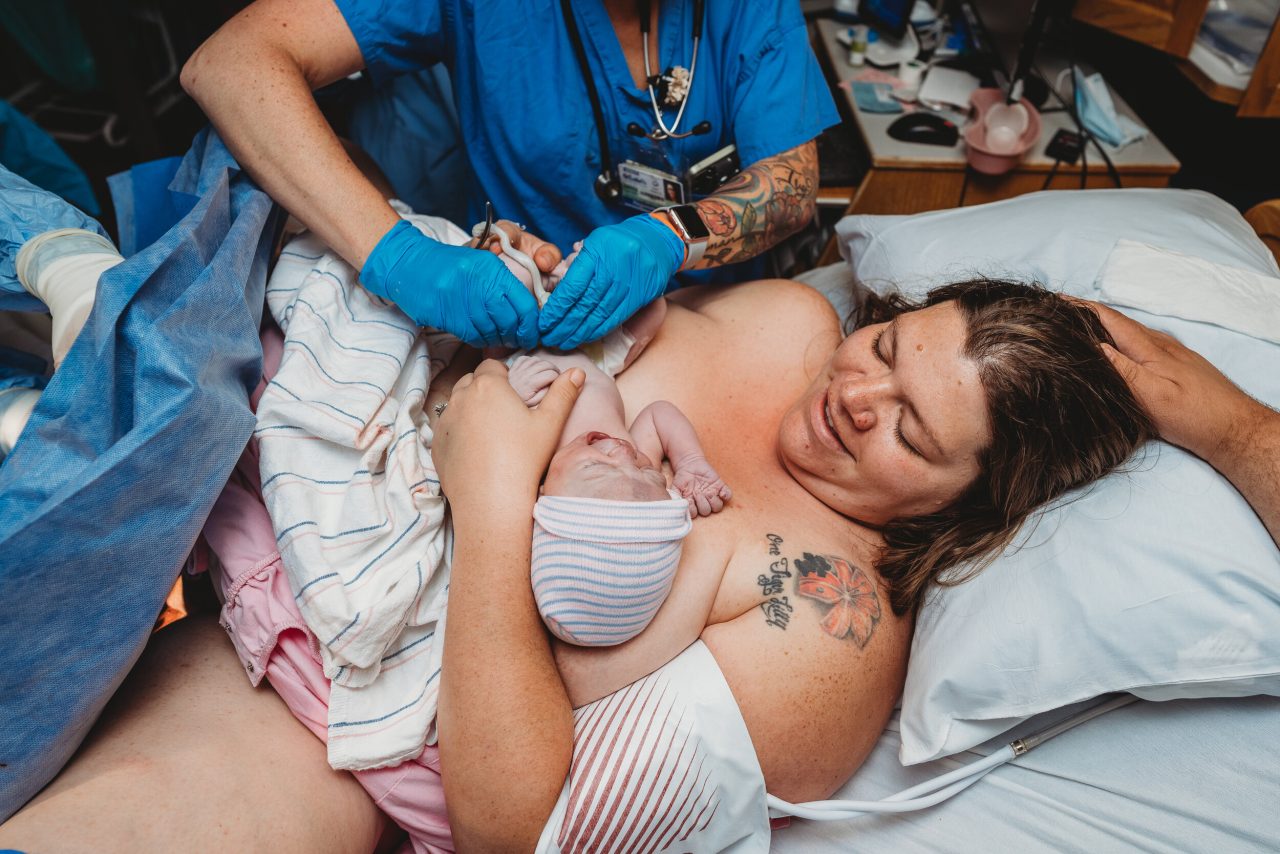
Oxytocin: The Love Hormone
Oxytocin is a powerful hormone that plays a significant role in social bonding, sexual reproduction, and during and after childbirth. For mothers, oxytocin is responsible for the “let-down reflex” that releases milk from the breasts. For both mothers and newborns, this hormone fosters feelings of warmth, affection, and attachment. The surge of oxytocin during the first moments of holding the baby helps cement the emotional bond that will continue to grow and develop over time.
The Importance of Early Bonding
Early bonding has long-term benefits for both the mother and the child. For the baby, a strong bond with the mother provides a foundation for emotional stability and healthy development. Babies who experience secure attachments are more likely to develop strong social skills, self-confidence, and empathy. For mothers, bonding with their newborn can reduce feelings of anxiety and depression, promote maternal behaviors, and strengthen the overall relationship with their child.
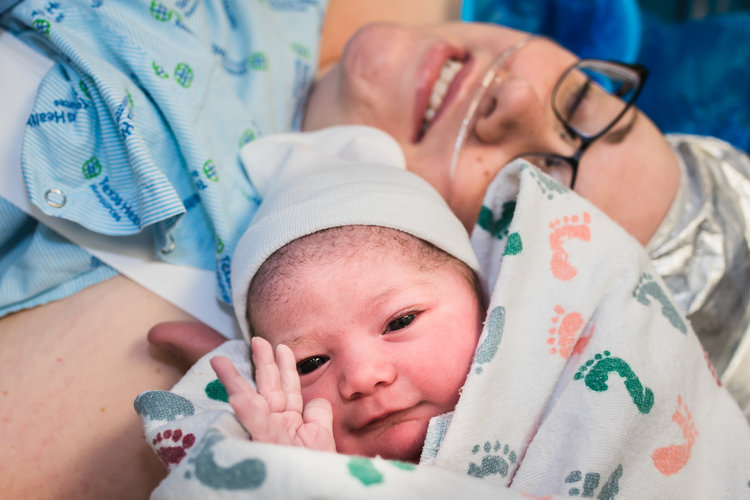
Moments of Tenderness: A Deeper Dive
The First Embrace
The first embrace between a mother and her newborn is a moment filled with indescribable emotions. The baby, fresh into the world, seeks comfort and security in the mother’s arms. This first embrace is not just a physical act but a profound emotional connection that marks the beginning of their journey together.
The Gaze of Love
The gaze between a mother and her newborn is a powerful form of non-verbal communication. When a mother looks into her baby’s eyes, she conveys love, protection, and a promise of care. This gaze helps the baby recognize their mother and begins to build a sense of trust and safety that is crucial for their emotional well-being.
Skin-to-Skin Contact
Skin-to-skin contact immediately after birth is more than a beautiful moment; it’s a critical practice that promotes physiological stability and emotional bonding. This contact helps regulate the baby’s body temperature, heart rate, and breathing. For the mother, it helps in the release of oxytocin and reduces the risk of postpartum depression.
Breastfeeding: A Bonding Experience
Breastfeeding is another significant aspect of the mother-newborn bond. It’s not just about nutrition; it’s about closeness, warmth, and comfort. During breastfeeding, the baby is cradled close to the mother’s body, which reinforces the physical and emotional bond. The act of breastfeeding also ensures frequent skin-to-skin contact, which is beneficial for both the mother and the baby.
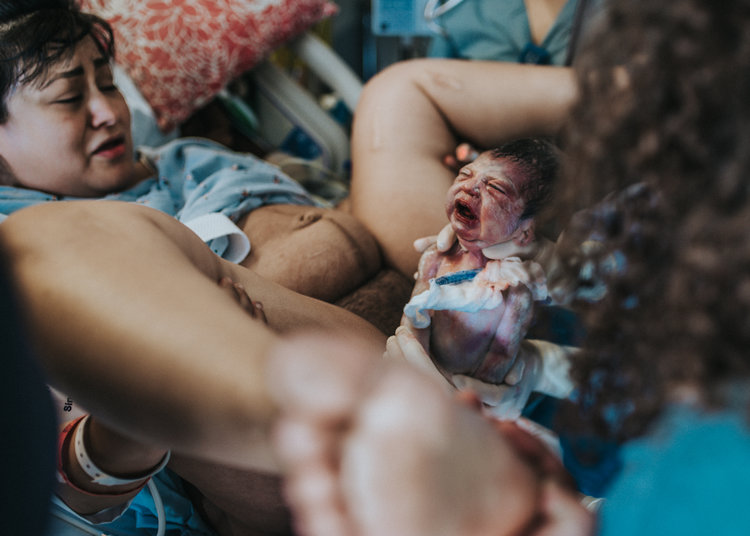
Cherishing the Moments
As these 13 heartwarming and intimate moments show, the early days of a mother’s relationship with her newborn are filled with profound significance. These moments, captured through the lens of a camera, offer a glimpse into the raw and unfiltered emotions that define the mother-child bond. They remind us to cherish these fleeting moments and to hold dear the connections we share with our loved ones.
Conclusion
The bond between a mother and her newborn is a unique and powerful connection that is beautifully illustrated through intimate moments and photographs. These moments serve as a testament to the beauty of life and the power of love, reminding us of the importance of cherishing our closest relationships. As we reflect on these moments, we are reminded of the universal and timeless nature of the mother-child bond.
Thank You for Visiting our website mhnrc.org. If you liked the article, then share it with others.
Follow us on Facebook


